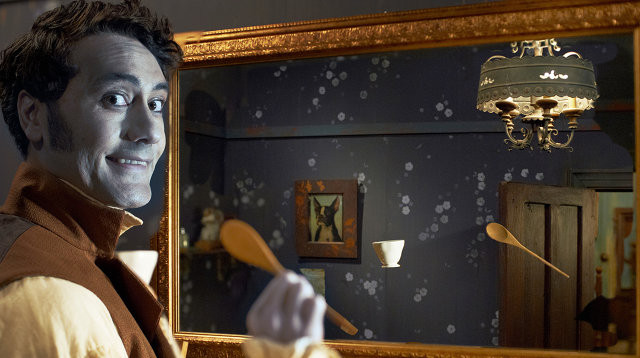
The New Tens continue the trend of experimentation, genre mixing, and innovations that the film world began to heavily produce in the 2000s, and with the new and unseen quickly becoming de rigeur for emerging filmmakers to test their mettle and stand out among the increasingly crowded field of indie filmmakers, this decade has been an exciting one for cinephiles so far.
But with innovation and a wide-open market comes the potential to quickly fall into obscurity: what was hailed by critics as a bold film upon release is soon lost in the constant torrent of new work being produced at a seemingly record pace. With internet and VOD streaming services having finally caught up to deliver theater-quality video, there are more outlets than ever to watch film and but also more titles for a movie to get lost among.
The ten films recommended in this list were widely hailed upon release (and one that’s been widely reviled but still a strong recommend for reasons that will be detailed below) but have somewhat lost either their initial promotional shine or whose momentum simply petered out before a wider audience could hear about it to watch and marvel at their unique charms.
We live in a golden age of cinema because the audience has never been wider and the possibilities of film have never been easier to attain, even those with a limited budget. For a filmmaker with a little imagination and a lot of ambition, the market’s wide open and receptive to new ideas–as these selected films will attest.
1. It’s Such a Beautiful Day (2012)
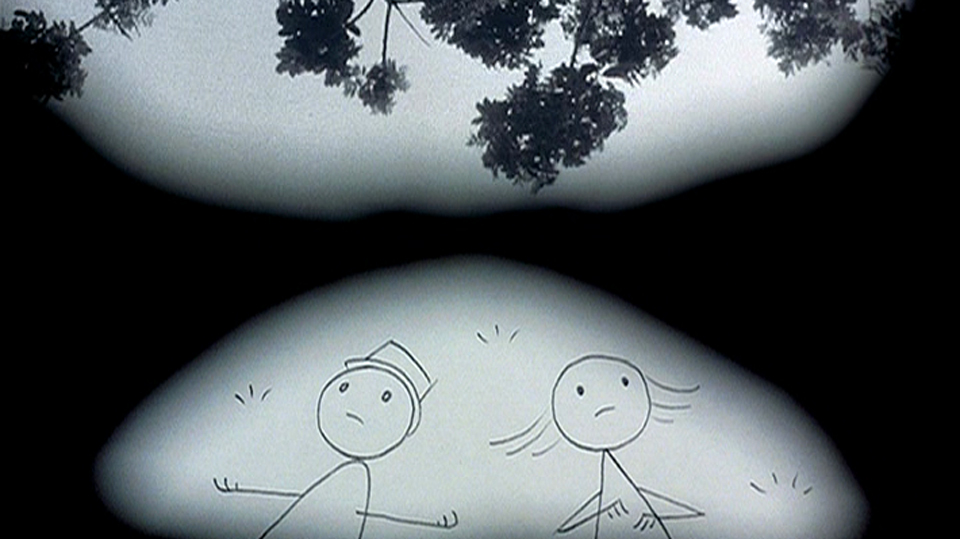
From a certain viewpoint, life can seen as a blunt affair: you’re born, many cruel things happen to you even though you only want nice things to happen, many people leave you either by choice or by death, you grow old, and eventually you cease to exist–and then life continues on for everyone else. This is a bleak outlook and the worldview animator Don Hertzfeldt details in It’s Such a Beautiful Day.
Following the increasingly dark life of everyman Bill, this minimalistic animated film is the story of his life–or at least the bits and pieces he remembers. Bill, a simply drawn figure who wears a fedora and seems like a nice enough guy, wanders through his life a little confused and scared, especially when he finds out he has a tumor in his head.
To give more of it away than that is to ruin the impact of the film, but for such a straightforward movie it has a great cumulative effect on the viewer once it ends. Originally released as three separate short films, It’s Such a Beautiful Day reflects upon the ongoing existential crisis that life can be and concludes on a sad but poetic note.
You’d never think you’d get so emotionally invested in a character that looks as rudimentary as a child’s drawing but Hertzfeldt’s endearing signature style and serious tone of the film transcends its simple trappings to become a work of art and a philosophical reflection of our own existences.
2. Holy Motors (2012)
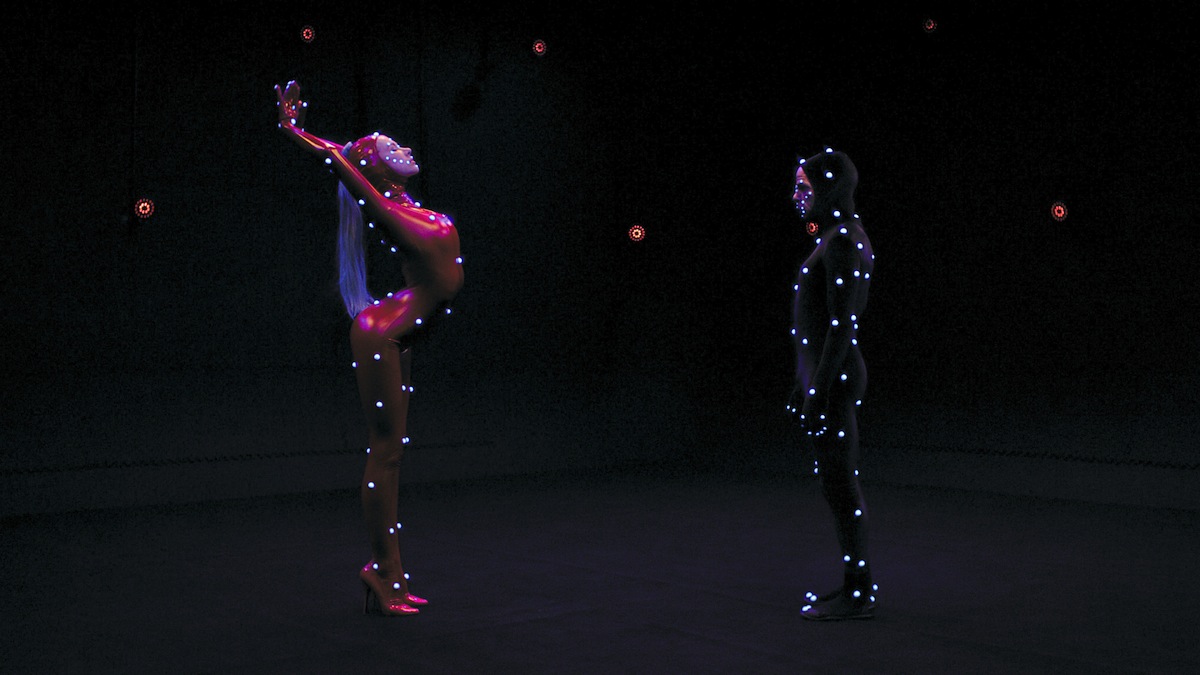
Mr. Oscar has a strange job, if you can call it that: driven around Paris all day in a white limousine, he goes from location to location inhabiting different characters. At one stop, he’s an old beggar woman on the street, and the next an actor in a motion capture suit performing a few scenes.
At his next stop he kidnaps a model, and then he’s a father picking up his daughter in a car from a party. But in between some appointments, he has a meeting where another man enters his limo and lets him know the others are worried that Mr. Oscar is getting tired, but Mr. Oscar insists that he loves the work.
Then at his next stop he guns down a banker and is soon after gunned down himself. Undeterred, he returns to the limo and goes on to his next appointment, where he’s an old man on his deathbed being consoled by his niece–but they both excuse themselves from the scene because they both have their next appointments to get to…
Holy Motors is a beautiful and often bewildering film that meditates on identity and persona and the metaphysics of interpersonal relationships. It’s also wonderfully impenetrable in its approach: who is Mr. Oscar? Is he an angel? An actor? Is he in hell?
Whatever the nature of his existence, Denis Levant is excellent as Mr. Oscar, inhabiting eleven characters as masterfully as the character himself is called upon to perform. An excellent fantasy film that leaves the viewer wondering about both the film’s meaning and the nature of identity, Holy Motors is for the philosophical filmgoer looking for a movie that engages their mind as well as their eyes.
3. Short Peace (2013)
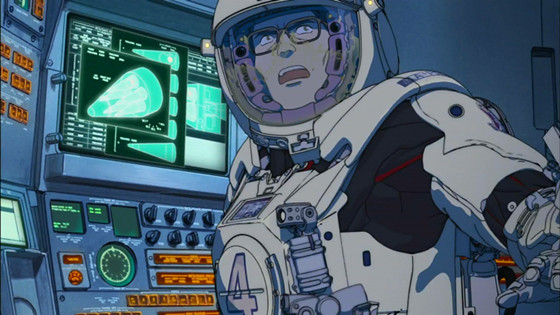
Like Alice in Wonderland, a young girl follows a a white rabbit down the rabbit hole, and we the audience are shown four different worlds: a traveler who, trapped in a storm, finds refuge in an old shrine and repairs objects for spirits that whisk him to their realm; a young woman faces marrying a man she doesn’t love and accidentally starts a fire, which she decides to sacrifice herself to; a Christian samurai and a white bear fight an alien creature who has been preying upon the young women of a village; and a giant robot vs. human battle unfolds in post-apocalypse Tokyo in the concluding segment.
Short Peace was an animated project with one unifying theme–Japan–with each section written and directed by a different director set in different time periods of the country’s history. Interestingly, a fifth “entry” for this film that’s set in present-day Japan was released in the form of a video game.
The first section, titled Possessions, was nominated for Best Animated Short at the 86th Academy Awards. A visually stunning collection of short films linked together by the past and future of Japan, Short Peace is an underseen experiment of the anime genre.
4. Fateful Findings (2013)
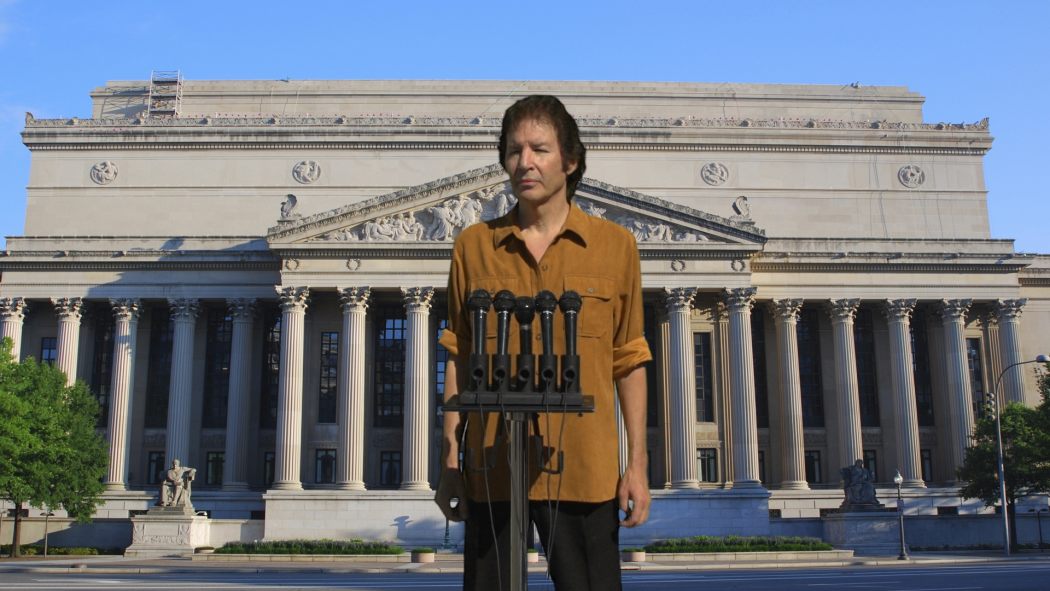
It’s a sci-fi. No, it’s a horror film. Wait, it’s a drama. Or a romance. Whichever of these genres Fateful Findings stumbles through and attempts, it’s quickly become a comedy of the cult kind thanks to the charmingly incompetent directorial abilities of one Neil Breen.
The story: after finding a magic rock when he was a kid, a Las Vegas computer scientist–who is never provided a name–is hit by a car. Fortunately, he still has that magic rock, which he’s been holding onto for many decades and now provides him…powers…of some sort, and he’s also a hacker looking to uncover government secrets.
But the movie’s more than just that–it’s also about murder, suicide, exposing political corruption, laptops, random objects being dropped on the ground, and the most wooden, amateurish acting this side of a grade school theatrical production.
In the similar, incompetent vein of The Room and Birdemic: Shock and Terror, Fateful Findings is a curiously unheralded film of the “so bad it’s good” variety.
Written, directed by, and starring Neil Breen–who somehow has negative on-camera charisma–Fateful Findings seems to be made by somebody who has never seen a movie before or has had any direct interaction with another human being. Shot on hi-def digital video, the film is populated by actors who Breen seemingly stopped at random on the street and asked if they could read a few lines of dialogue before they went along their merry way.
With no budget, apparently only two locations (which must be in the same house), and an abundant lack of internal logic, continuity, blocking, proper rehearsal, pacing, editing, competent sound recording and mixing, Fateful Findings is easily one of the worst films made this decade.
Even more surprising, this was Breen’s third feature film: his first two are similarly terrible and all three are snark bait waiting for a group of rowdy friends to make fun of together. DIY filmmaking is always admirable, but it’s truly a special occasion when one finds a film that gets every single thing wrong. Such is Fateful Findings, hopefully coming soon to a midnight movie screening near you.
5. What We Do In The Shadows (2014)
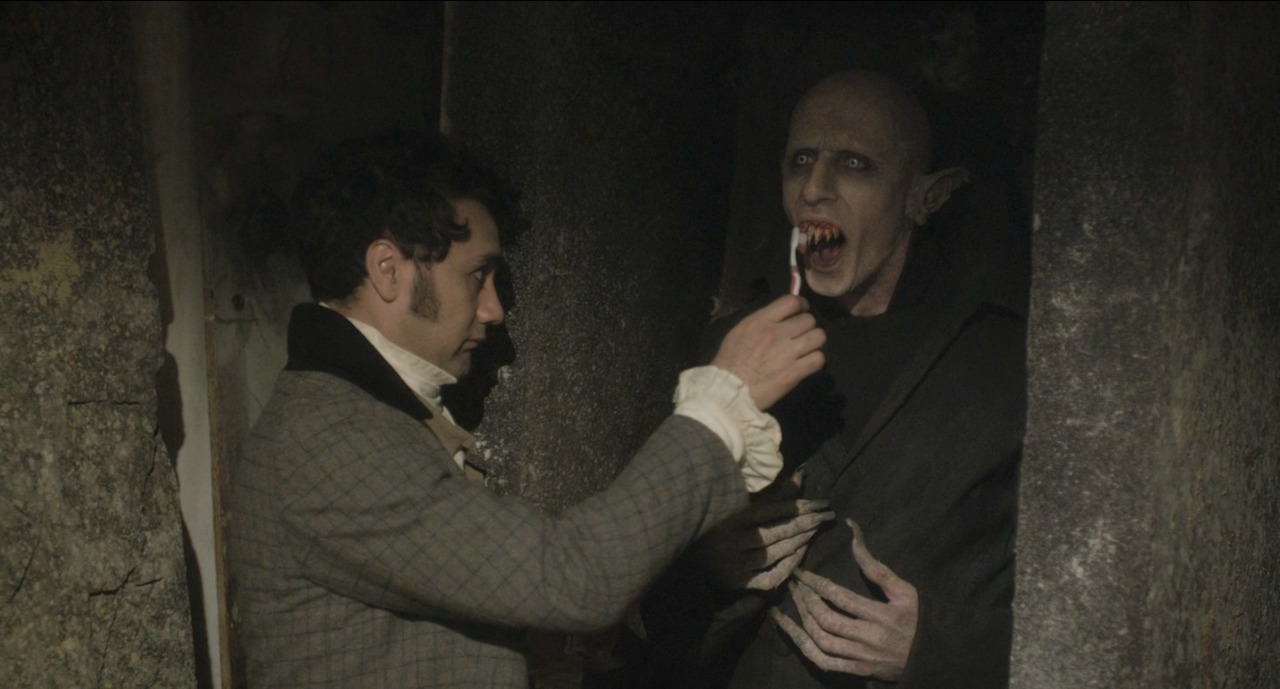
The vampire mythos is a sturdy one in Western culture: with a myriad of adaptations of the concept across every medium, it seems every variation would have been explored and exploited by now. But 2014’s What We Do In The Shadows showed that the children of the night had one more trick up their sleeves.
This mockumentary follows the lives of four vampires who share an apartment in the suburbs of New Zealand. They go about their immortal lives looking to feed on the blood of mortals, navigate tricky interpersonal relationships that arise when you’re the undead, and nurse broken hearts and egos.
Much of the fun of the film comes from the everyday treatment of its subjects in direct-to-camera confessionals about their frustrations and the complications that come with being a vampire in the modern age and detailing the ordinary mundanities of their lives (like socializing with other supernatural creatures, getting into fights, and trying to adapt to 21st century life).
A horror-comedy that heavily leans towards the latter, What We Do In The Shadows is an offbeat film for fans that enjoy irreverent takes on old tropes.